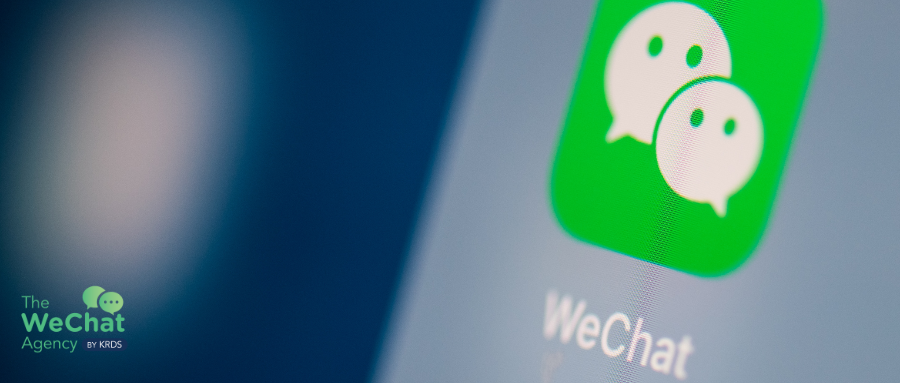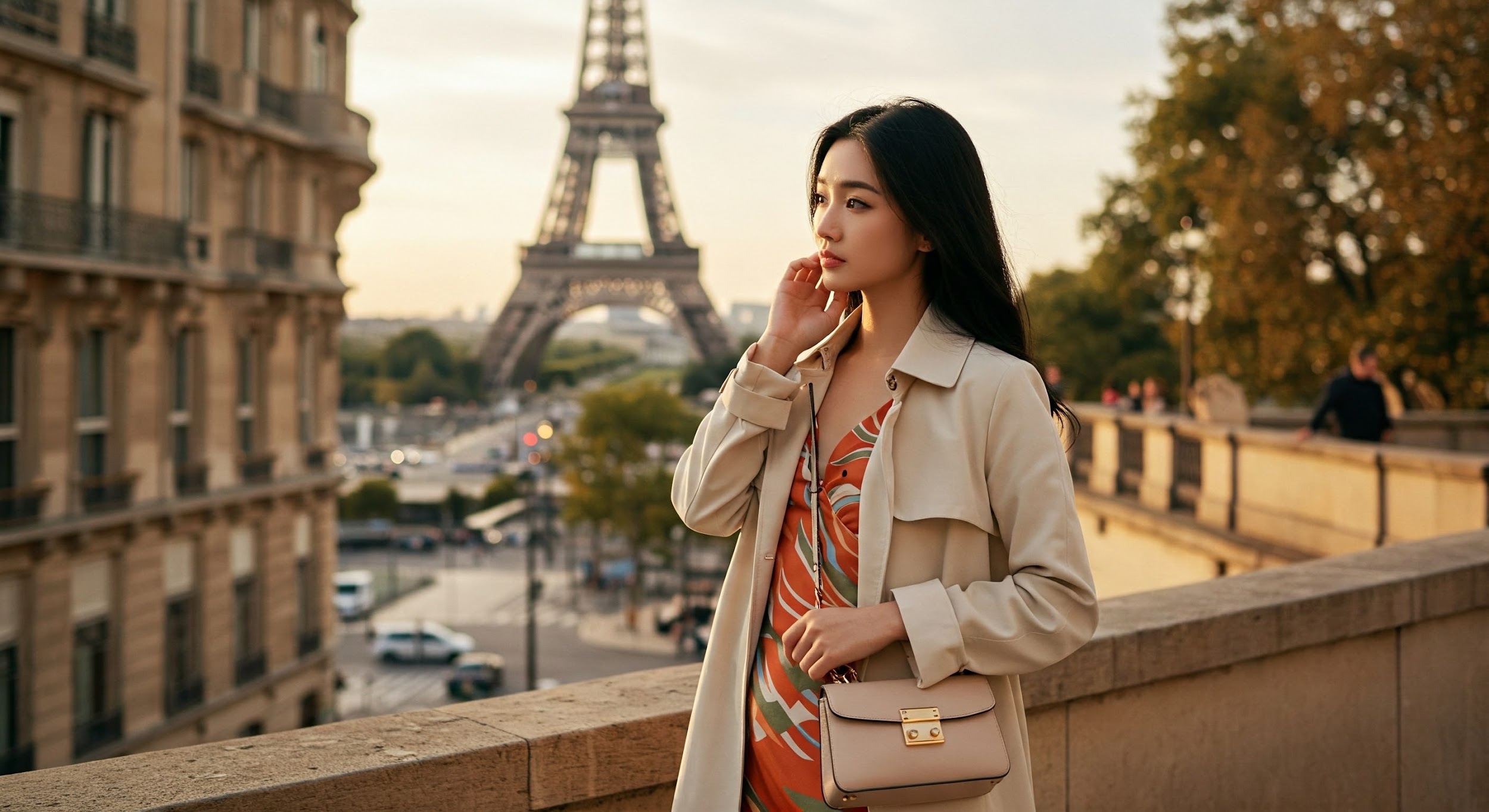China’s first virtual magazine: a read in the Metaverse
Huasheng Media and Alimama have joined the newest Metaverse campaign in China. On February 9th, the two partners released MO Magazine, a virtual magazine that replaces traditional reading experiences with an immersive virtual reality environment.
This new medium is led by Ayayi, one of China’s most popular virtual KOLs, and Jing Boran, a Chinese actress, giving both hit figures even more clout in China while tapping into the need for Metaverse.
The digital area offers a futuristic sci-fi atmosphere in which spectators can learn about human civilisation in a digital museum that also includes an audio narrative about the earth’s evolution. This makes reading more engaging because viewers are not only players but also builders of the digital world, with the ability to contribute to the virtual “human evolution.”
Meanwhile, 88% of readers who completed the virtual reading were given a Metaverse Spaceship ticket, according to reports. In just two days, the virtual magazine has received over 400,000 views, with interest building when hashtags related to the launch of the magazine began trending on Weibo, attracting millions of views on the microblogging site.
Link: https://daoinsights.com/news/chinas-first-virtual-magazine-a-read-in-the-metaverse/
Shanghai Bans Effeminate Men, Money Worship in Commercial Ads
Shanghai’s market regulator released a new advertising rule on Wednesday, barring the representation of male characters in romantic relationships, effeminate men, and philosophies like money worship in commercials, among other things.
Advertisements are also barred from promoting ideologies such as “money worship, hedonism, extravagance, and soft pornography.” Also, to ensure that their communication is up to date, brands must be informed of new national and city-level legislation.
Alibaba: Consumption Trends for the Lunar Year of the Tiger
According to the short report, the event boosted ice and snow consumption when it coincided with the Olympic Games: over 1 million people visited the Olympic Games’ Tmall shop, and the mascot Bingdundun was sold out in one night.
In addition, there was a large increase in the sale of ski and ice sports equipment.
The festival became digital, ushering in a slew of new trends: Tiger-themed goods, such as backpacks, t-shirts, and caps, are quite popular. The search rate has climbed to 874%, while the number of people purchasing pre-cooked meals has increased by 345% via the Hema app.
Link: https://mp.weixin.qq.com/s/ZDzU2v1WeV7I42LkDeFSUg
WeChat: Keywords About the Lunar New Year of the Tiger
- Over 5 billion WeChat hongbao with designed covers have been sent during the CNY, the total number of WeChat hongbao covers was 380 million.
- The take out food order increased 13.8% compared to last year on New Year’s Eve and over 120 million people watched the Spring Festival Gala on WeChat Channels
- The top 5 video themes on Moments were: fireworks, family reunion dinner, new year wishes, festival mood and count down
- The Tiger welcome a new year was the top 1 WeChat status sticker
- Over 16 million coupons (over 800 million RMB) have been sent via WeChat pay and low carbon travel with Paperless boarding increased to about 82.3%
Link: https://mp.weixin.qq.com/s/FmxWAT-R8no-Gy-PxoL-9w
100 Keywords Forecast 2022
On January 27, 2022, Wunderman Thompson, a brand of WPP, released the future 100:2022 – trends and changes to watch in 2022.
This analysis projects 100 developing trends in ten categories in 2022, using 100 keywords: “culture,” “technology and innovation,” “tourism and vacation,” “brand and marketing,” “food and beverage,” “beauty,” “retail and business,” “new luxury life,” “health,” and “work.”
Brand and marketing 10 keywords:
Brandalism: In recent years, the advertising business has made significant attempts to achieve carbon net zero in its own operations. Activists argue that this isn’t enough and that the efforts pale in comparison to the carbon footprints of some of the advertising industry’s biggest clients.
“No matter how good the idea is, as long as it is to promote high-carbon products, provide misleading green packaging for oil companies, or use high-energy advertising screens, it is a kind of pollution and bad advertising.”
Co-creative platforms: The next generation of digital platforms puts the user in charge of their own creativity.
The new digital platform gives users more creative control, allowing them to take more initiative. They are a new set of creative people who meticulously develop virtual imagery, human designs, and self-expression.
Superfollowers: New in-app subscriptions on social platforms are allowing digital creators to monetize their work.
In terms of media content, social platforms are expanding to provide more than just amusement. Enhanced features and incentives to attract, gain, and keep a large following are fueling innovation and enriching social media dialogues for both producers and consumers.
Twitter, for example, allows authors to earn $2 to $10 per month by tweeting to their super fans; Twitter is also exploring business accounts to provide companies with special settings to display relevant information.
Branded virtual worlds: Gaming is increasingly displacing traditional advertising mediums, particularly among younger people.
As firms and marketers enter into this burgeoning field, expect to see more branded virtual worlds.
Allow users to compete in the virtual arena while wearing Nike apparel and equipment. P&G invites visitors to a virtual world where they may learn about the company’s product line, play games, and learn; BMW has established a virtual world that includes the IAA mobile 2021 International Auto Show and an exclusive Coldplay concert.
Users may learn about products, shop, and even watch movies in the virtual world thanks to SK-virtual II’s metropolis.
Euphoric ads: In brand advertising and engagement, happy moments are keeping spirits up.
Consumers value themes of optimism and unity, and businesses that emphasise these communal characteristics generate favourable responses from customers and increase involvement inside their branded communities.
Headless brands: A new wave of consumption creation is changing from the company’s control of the brand to the collective decision of brand, products and services
Regenerative brands: Across industries, more brands are stepping up to commit to regenerative practices, supercharging their sustainability goals.
Brands are acknowledging that doing less harm to the planet is no longer enough. Regenerating the world’s resources and repairing the damage is now the ultimate sustainability stretch goal.
New company manifestos: To stay culturally relevant and engage with today’s employees, companies are altering their internal brand messaging.
Companies are undergoing a rebranding process that aims to modernise internal rules to match today’s needs and prioritise employees. The move implies a new degree of regard for employee happiness and well-being, which necessitates a new level of understanding and empathy on the part of employers.
Dreamvertising: Brands and advertisers are looking to guide our dreams.
77% of US marketers say they plan to use dream tech for advertising purposes in the next three years.
Augmented ads: With augmented reality, brands are taking their digital advertising to the next level.
AR ads are ushering in a new era of digital marketing and advertising—ads that people want to interact with.
To entice digital consumers, major brands are embracing augmented reality technologies to boost their digital advertising.
Link: https://www.oceanskycruises.com/sites/default/files/2022-01/The-Future-100-2022.pdf

